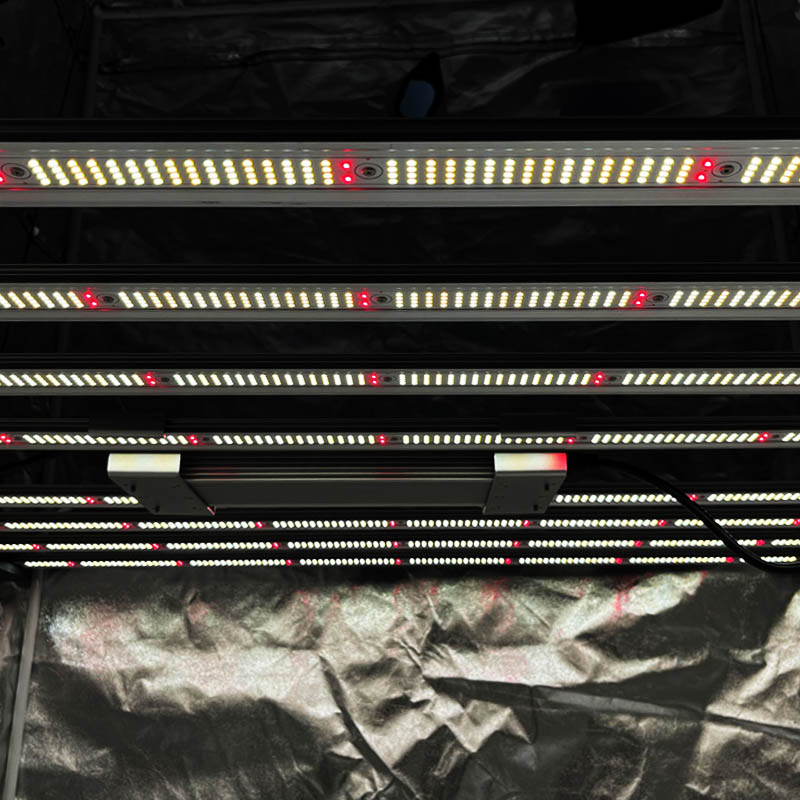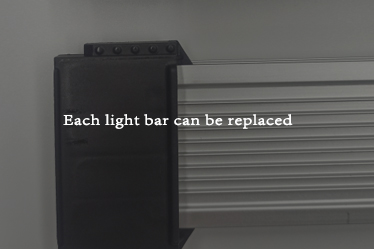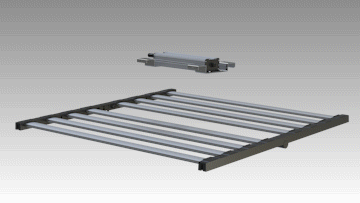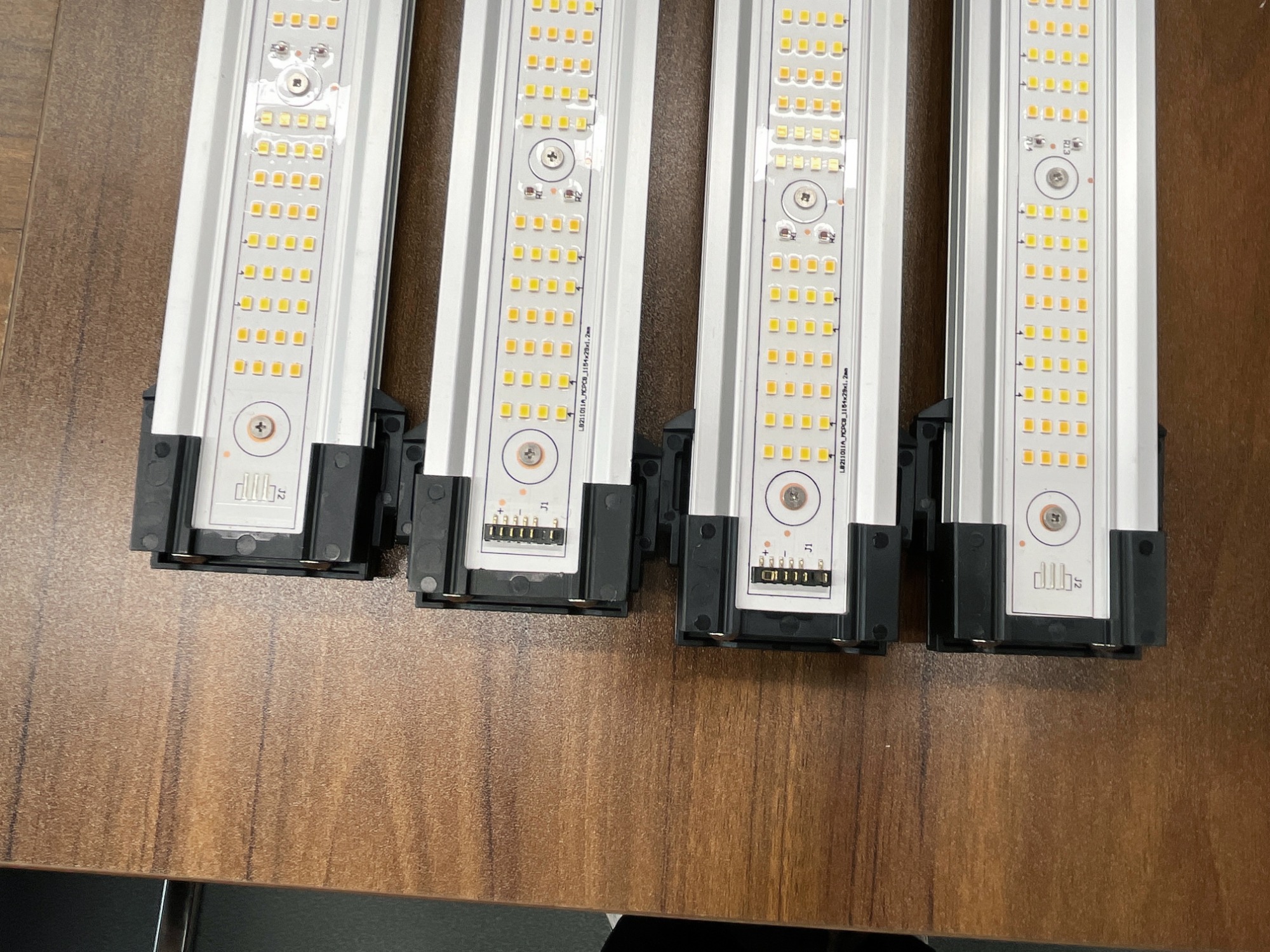Plant lighting refers to the use of artificial light environment instead of sunlight to ensure the healthy growth of plants. The growth and development of plants is inseparable from the action of light. As an environmental signal, light regulates a series of plant growth and development behaviors, such as seed germination, morphogenesis, flowering and the synthesis of secondary metabolites. At the same time, plant photosynthesis absorbs sunlight and converts it into chemical energy that is stored in the form of sugar, which is then used for growth.
There are two types of plant factories for plant lighting: greenhouse planting using the combination of sunlight and supplementary light, and planting in a completely artificial environment.
For greenhouse planting and plant factories that combine sunlight and supplementary light, the accurate method is to perform spectral analysis of the radiation field of natural light to determine the amount of supplementary light. For sites without conditions for spectral analysis, the illuminance value can be tested. The PPFD value of the planting surface under sunlight can be obtained by dividing the average value of the illuminance by 55. Use this value to determine the amount of supplementary light for the plant lamp. This simple method is very useful for project planning and cost accounting. Greenhouse supplementary light can be reduced or not used in the green light band. Whether green light radiation is required to be supplemented needs to be determined by testing the amount of green light radiation from direct sunlight and scattered light.
Planting in a completely artificial environment, although the light in the red and blue bands has obvious effects on the planting of leafy vegetables, the taste of hydroponic vegetables is still the key to improving the quality of vegetables. Spectrum design in artificial environment needs to comprehensively consider factors such as carbon dioxide concentration, ventilation volume, ambient temperature, control of substrate or nutrient solution, and layer frame structure design. Highly, this method will reduce the balance of the nutrient solution and affect the absorption efficiency of the spectrum. The important goal of the spectrum design in a completely artificial environment is the quality control of the planting, but the planting that completes the plant growth process is not competitive in the market.
Thanks to the improvement of technology, the development of plant lighting abroad has been quite perfect. With the improvement of people's quality of life, it is also the general trend to let plant planting into the family, and plant lighting will also usher in a development boom.

 Can ordinary LED lights be used as plant lights?
Can ordinary LED lights be used as plant lights?
 The development trend of LED plant lights
The development trend of LED plant lights
 LED Grow Light Market Prospects
LED Grow Light Market Prospects
 The effect of photosynthesis on plants
The effect of photosynthesis on plants